
The Majestic Charm of Bottle Palms: A Comprehensive Guide
Introduction
Step into the enchanting world of Bottle Palms (Hyophorbe lagenicaulis), where elegance meets uniqueness in the realm of tropical flora. Known for their distinctive bottle-shaped trunks and graceful fronds, Bottle Palms stand as iconic symbols of exotic beauty. In this comprehensive guide, we embark on a journey to explore the fascinating characteristics, cultivation techniques, and ornamental uses of these captivating palm trees.
1 Unveiling the Bottle Palm
Originating from the Mascarene Islands in the Indian Ocean, the Bottle Palm is a species of palm tree belonging to the Arecaceae family. Its scientific name, Hyophorbe lagenicaulis, derives from Greek and Latin words, reflecting its characteristic bottle-shaped trunk. This unique feature sets the Bottle Palm apart from other palm species, making it a prized ornamental plant in tropical and subtropical landscapes.
2 Anatomy of the Bottle Palm
The Bottle Palm is distinguished by its striking morphology, which combines elegance with distinctiveness. Here are the key anatomical features of the Bottle Palm:
- Trunk: The most notable feature of the Bottle Palm is its swollen, bottle-shaped trunk, which tapers gradually towards the crown. This distinctive form is the result of water storage adaptation, allowing the palm to withstand drought conditions in its native habitat.
- Fronds: Atop the trunk sits a crown of arching, pinnate leaves that add to the palm's graceful appearance. The fronds are composed of numerous leaflets arranged along a central rib, creating a lush canopy that sways gracefully in the breeze.
- Flowers and Fruits: Bottle Palms produce small, creamy-white flowers arranged in clusters known as inflorescences. These flowers give way to spherical fruits that ripen to a bright red or orange color and are often eaten by birds and wildlife.
3 Cultivating Bottle Palms
Growing Bottle Palms successfully requires attention to specific environmental conditions and cultural practices. Here's a guide to cultivating and caring for these exquisite palm trees:
- Climate: Bottle Palms thrive in warm, tropical climates with mild winters and hot summers. They are sensitive to cold temperatures and frost, so they are best suited for USDA hardiness zones 10 and above.
- Sunlight: Provide Bottle Palms with full sun to partial shade, ensuring they receive ample sunlight for healthy growth and development. Inadequate sunlight can result in leggy growth and reduced vigor.
- Soil: Plant Bottle Palms in well-draining soil with a pH range of 6.0 to 7.5. Sandy loam or loamy soil enriched with organic matter is ideal for promoting healthy root growth and moisture retention.
- Watering: Keep the soil consistently moist but not waterlogged, especially during the palm's establishment phase. Water Bottle Palms deeply and infrequently, allowing the top inch of soil to dry out between waterings to prevent root rot.
- Fertilization: Feed Bottle Palms regularly with a balanced fertilizer formulated for palm trees. Apply fertilizer according to the manufacturer's recommendations during the growing season (spring and summer) to promote lush foliage and vibrant growth.
- Pruning: Trim dead or yellowing fronds from Bottle Palms as needed to maintain a tidy appearance and promote airflow. Use sharp, sterilized pruning tools to make clean cuts and minimize the risk of disease transmission.
4 Landscaping with Bottle Palms
Bottle Palms are prized for their ornamental value and make stunning focal points in garden landscapes, parks, and urban settings. Here are some creative ways to incorporate Bottle Palms into landscaping designs:
- Specimen Planting: Plant Bottle Palms individually as specimen plants to showcase their unique bottle-shaped trunks and graceful fronds. Position them as focal points in garden beds, lawn areas, or mixed plantings for maximum visual impact.
- Group Plantings: Create visual interest and texture by planting Bottle Palms in groups or clusters. This approach adds depth and dimension to garden landscapes, allowing the palms to complement each other while still commanding attention.
- Container Gardens: Grow Bottle Palms in large containers or pots for portable bursts of tropical beauty on patios, decks, balconies, or rooftop gardens. Pair them with colorful flowering plants or trailing vines for dynamic container arrangements.
- Avenue Plantings: Line streets, driveways, or pathways with Bottle Palms to create an elegant and inviting entrance. Plant them at regular intervals to frame the view and guide visitors towards focal points or destination areas.
- Tropical Gardens: Design lush tropical gardens using Bottle Palms as anchor plants surrounded by a diverse array of foliage plants, flowering shrubs, and ornamental grasses. Incorporate water features, rocks, and decorative accents to enhance the tropical ambiance.
5 Maintenance and Care
Maintaining Bottle Palms is relatively low-maintenance, but they benefit from regular care to thrive and flourish. Here are some essential maintenance tips:
- Watering: Monitor soil moisture levels and adjust watering frequency as needed based on environmental conditions. Provide supplemental irrigation during periods of drought or extended dry spells to prevent stress and dehydration.
- Mulching: Apply a layer of organic mulch around the base of Bottle Palms to conserve soil moisture, suppress weeds, and regulate soil temperature. Leave a gap between the mulch and the trunk to prevent rotting and discourage pests.
- Pest and Disease Management: Inspect Bottle Palms regularly for signs of pests such as palm aphids, scale insects, or spider mites, and treat infestations promptly with insecticidal soap or neem oil. Keep the foliage dry and provide adequate airflow to minimize the risk of fungal diseases such as fusarium wilt or ganoderma butt rot.
- Pruning: Trim dead or yellowing fronds from
| Size |
8 Feed |
|---|---|
| Color |
Green |
| Package |
PP Packs |
Noodles Co.
Address: 5171 W Campbell Ave undefined Kent, Utah 53127 United States
Contact Seller:(+91) - 540-025-553
Rating
92%
Ship on time
100%
Chat response
89%
Noodles & Company is an American fast-casual restaurant that offers international and American noodle dishes and pasta in addition to soups and salads. Noodles & Company was founded in 1995 by Aaron Kennedy and is headquartered in Broomfield, Colorado. The company went public in 2013 and recorded a $457 million revenue in 2017.In late 2018, there were 460 Noodles & Company locations across 29 states and Washington, D.C.













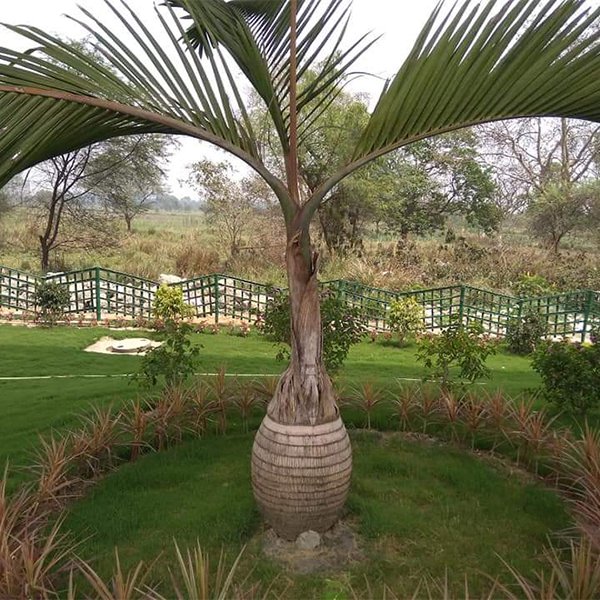
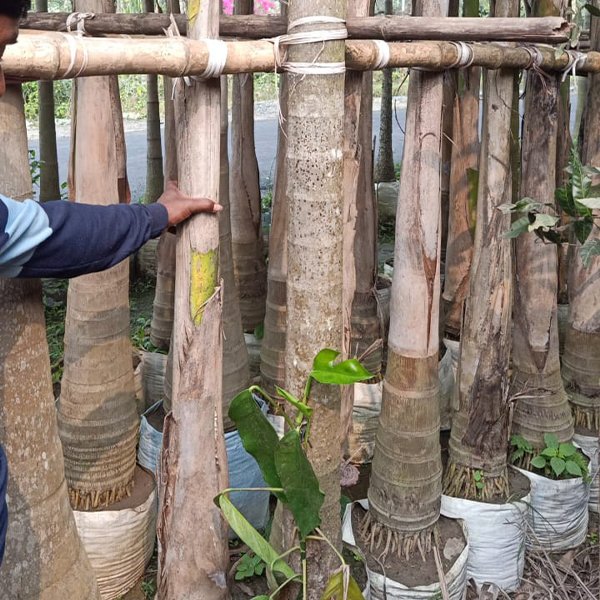
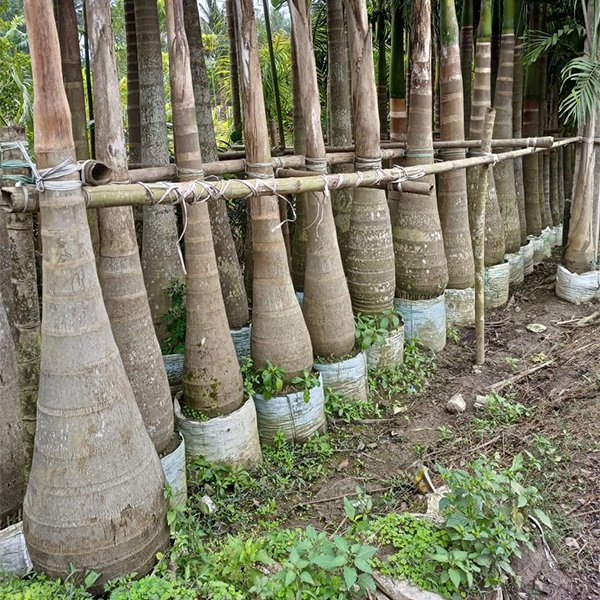
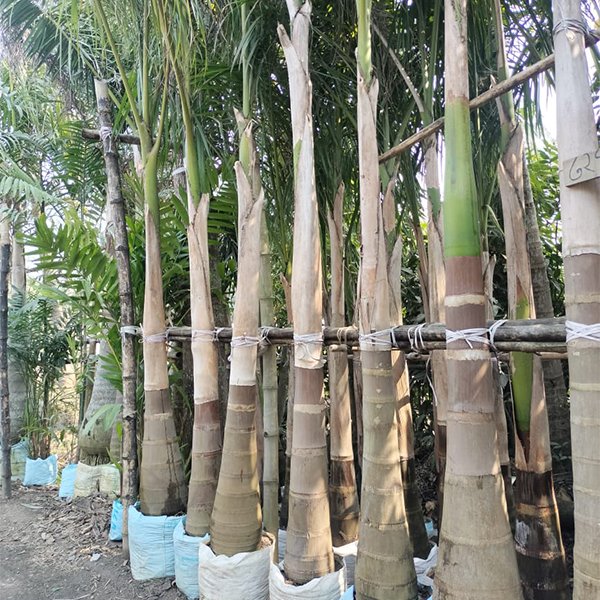
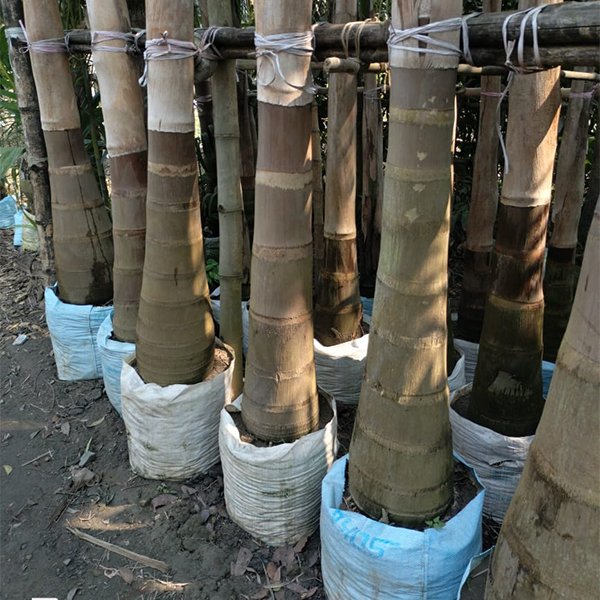
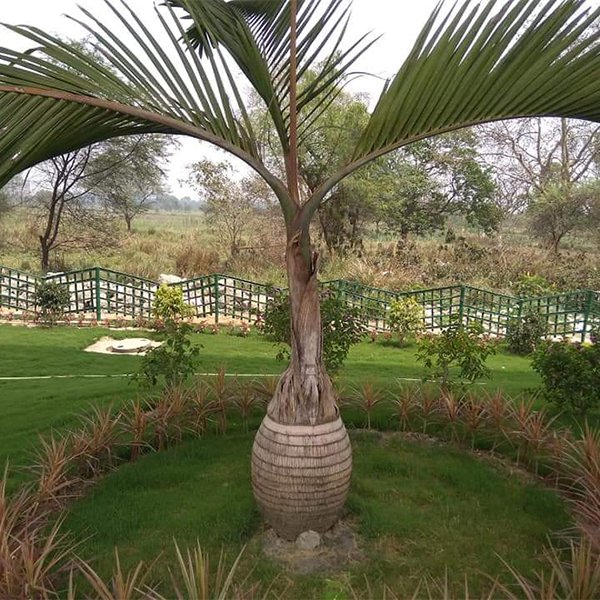
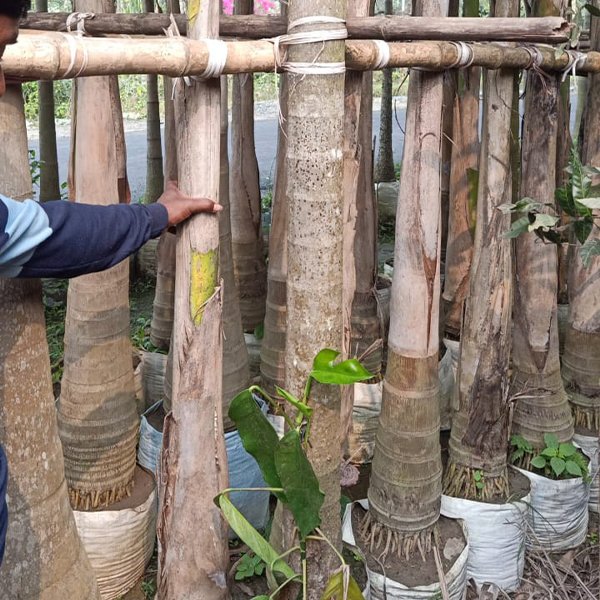
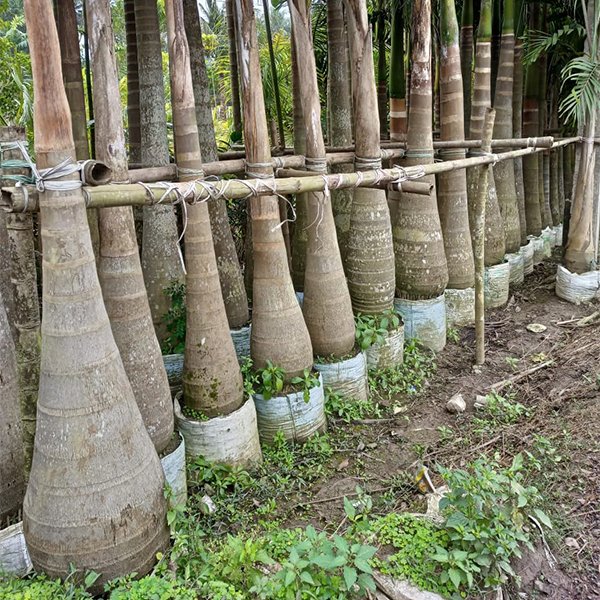
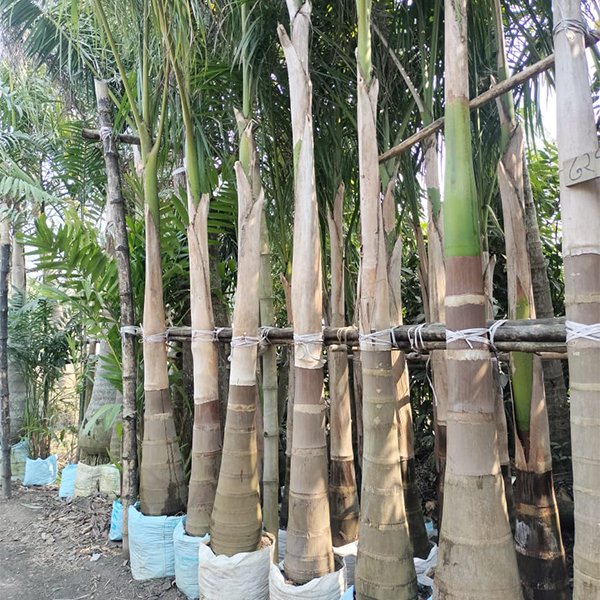
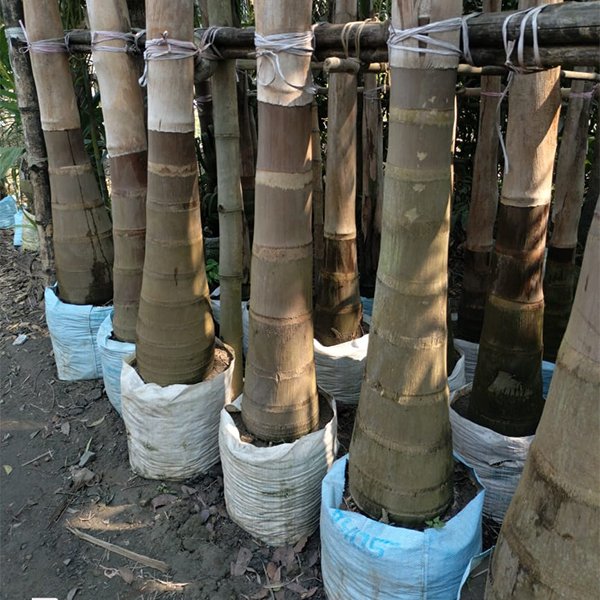
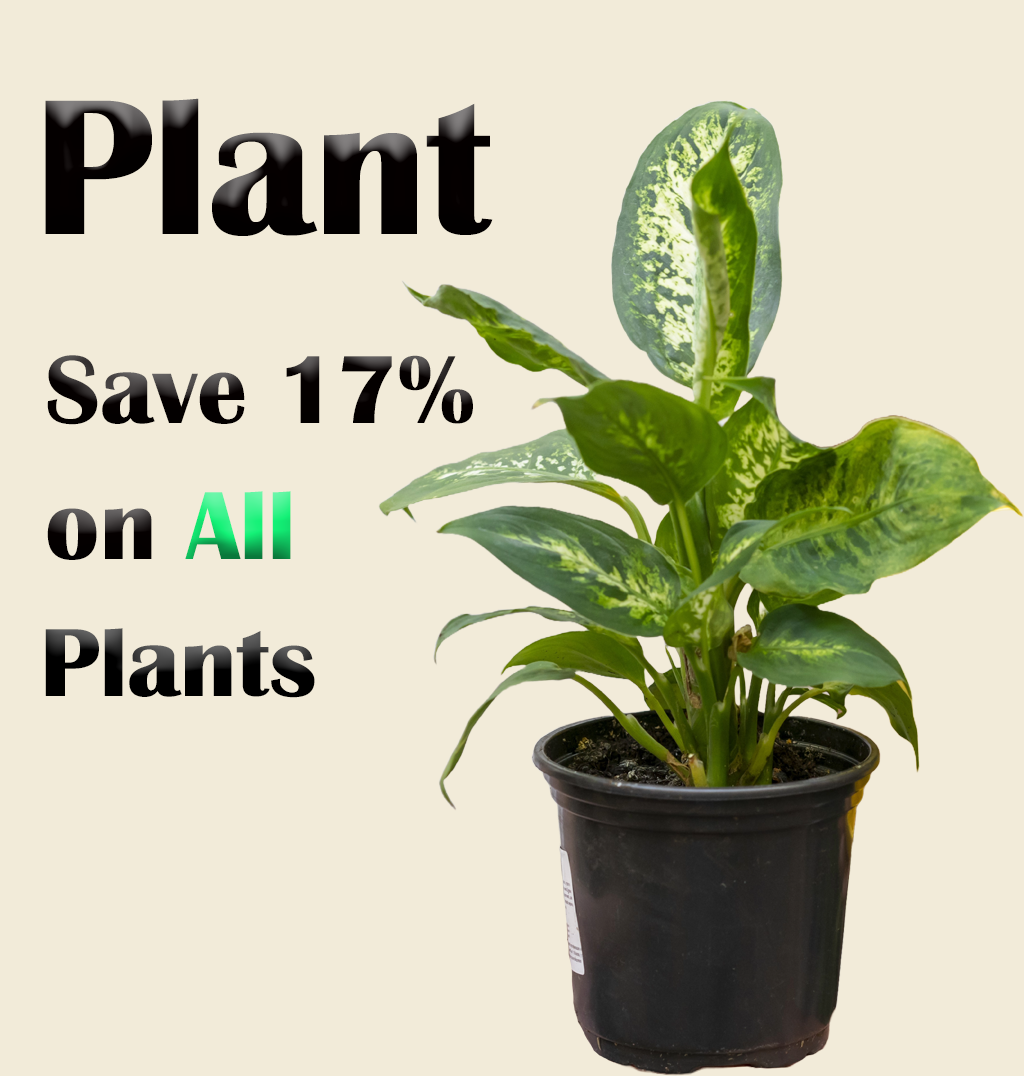
Lorem ipsum dolor sit amet, consectetur adipisicing elit. Delectus, suscipit exercitationem accusantium obcaecati quos voluptate nesciunt facilis itaque modi commodi dignissimos sequi repudiandae minus ab deleniti totam officia id incidunt? Reply
Lorem ipsum dolor sit amet, consectetur adipisicing elit. Delectus, suscipit exercitationem accusantium obcaecati quos voluptate nesciunt facilis itaque modi commodi dignissimos sequi repudiandae minus ab deleniti totam officia id incidunt? Reply
Lorem ipsum dolor sit amet, consectetur adipisicing elit. Delectus, suscipit exercitationem accusantium obcaecati quos voluptate nesciunt facilis itaque modi commodi dignissimos sequi repudiandae minus ab deleniti totam officia id incidunt? Reply